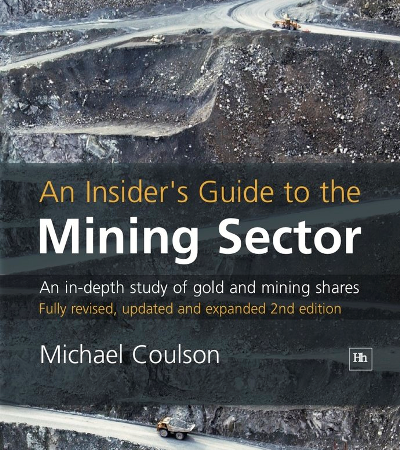Globe and Mail is Canada’s national newspaper with the second largest broadsheet circulation in the country. It has enormous influence on Canada’s political and business elite.
VANCOUVER, OTTAWA – Chile’s President says Barrick Gold Corp. must follow 23 steps to comply with orders from his country’s environmental regulator, a message that underscores the tough road ahead for the company to get its crucial Pascua-Lama gold project back on track. Sebastian Pinera, in Ottawa to discuss Canada-Chile economic relations, admonished Barrick for its handling of the $8.5-billion (U.S.) mine development so far.
“The company didn’t comply with all the conditions that were established in that environmental impact assessment,” Mr. Pinera said during a joint news conference with Prime Minister Stephen Harper. “We have identified 23 areas where they will have to improve their behaviour with respect to the environment in Chile.”
Last Friday, Chile’s environmental regulator halted development of the gold and silver mine, citing “very serious violations” by Barrick. Mr. Pinera said Chile wants Barrick to eventually proceed with its Pascua-Lama mine – as long as it obeys environmental rules.
But lengthy delays are likely for the project, due to the time likely required for Toronto-based Barrick to carry out environmental fixes, including canals to divert run-off water away from the Chilean mine.
























